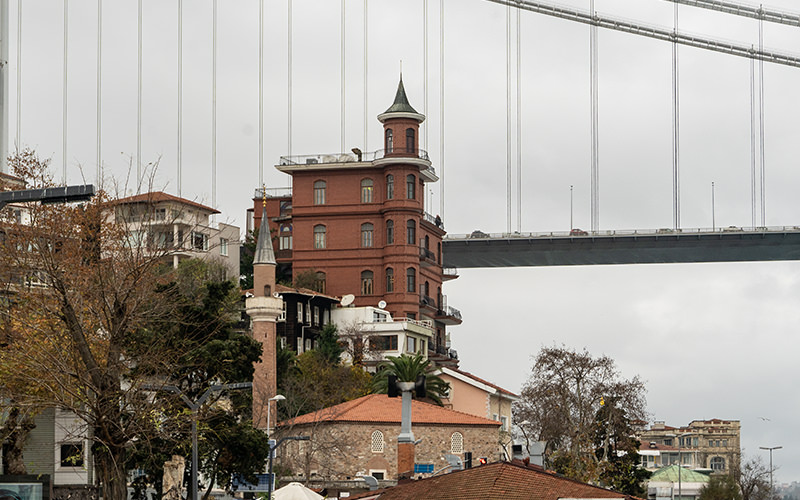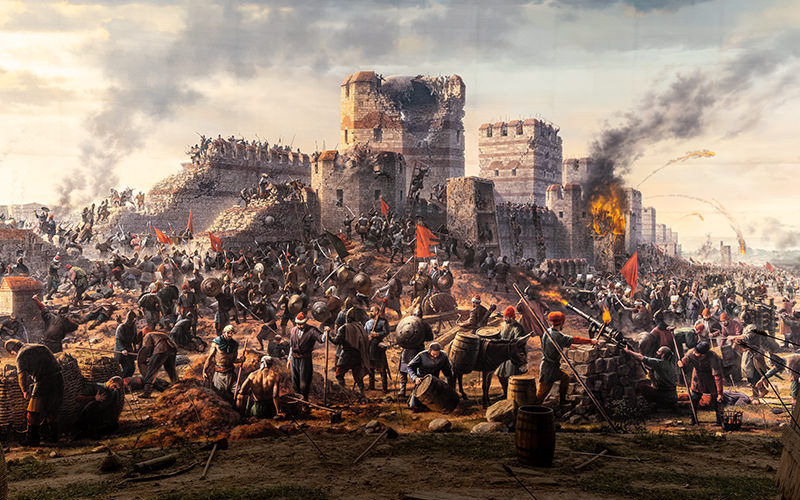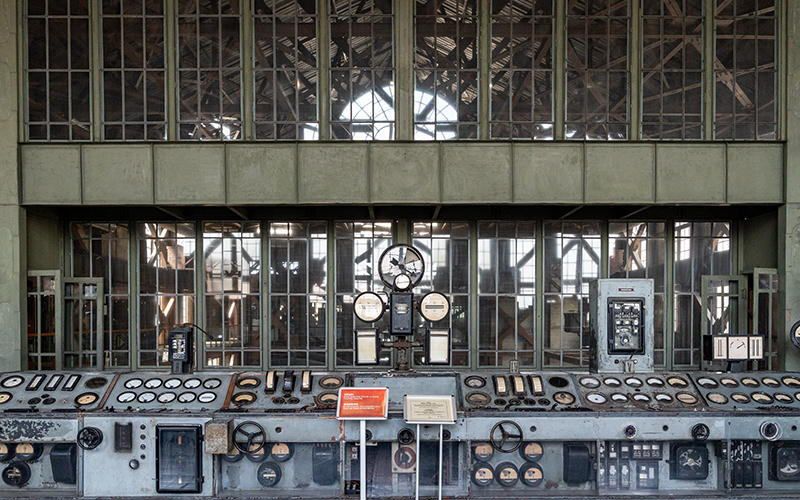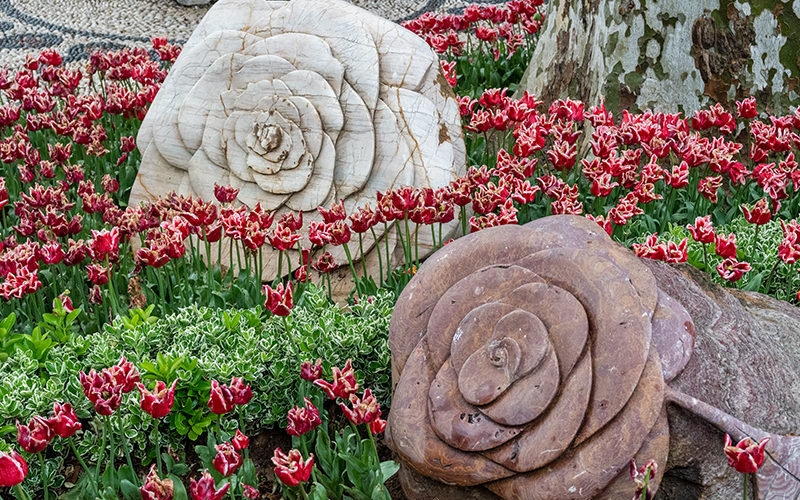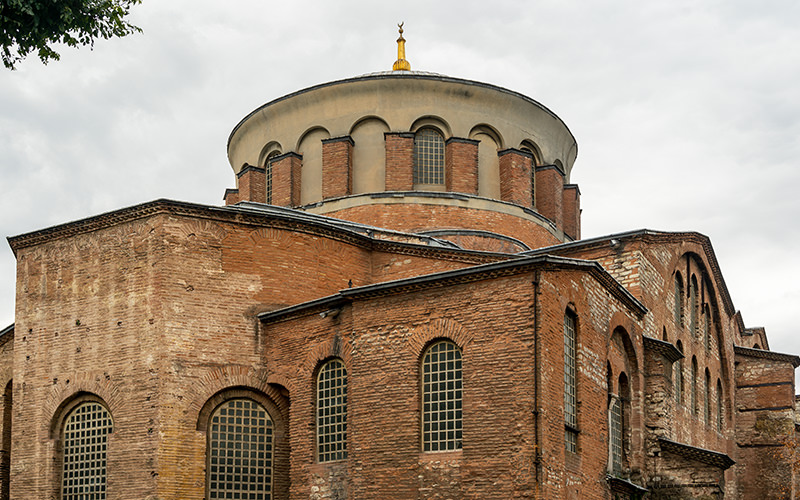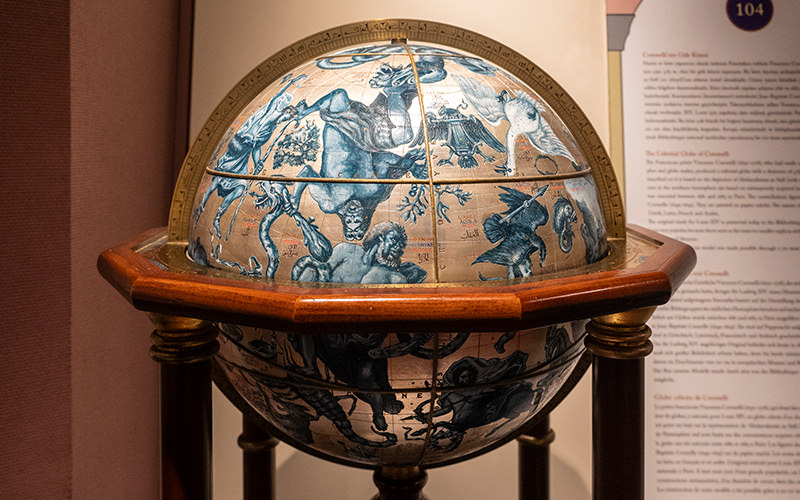The Turkish city of Istanbul traces its history back to the ancient Greek city-state known as Byzantium. The settlement appeared here around 660 BCE. It's no surprise that today there is a large archaeological museum here with an extensive collection of fascinating ancient artifacts. I invite you to take a walk with me through its halls.
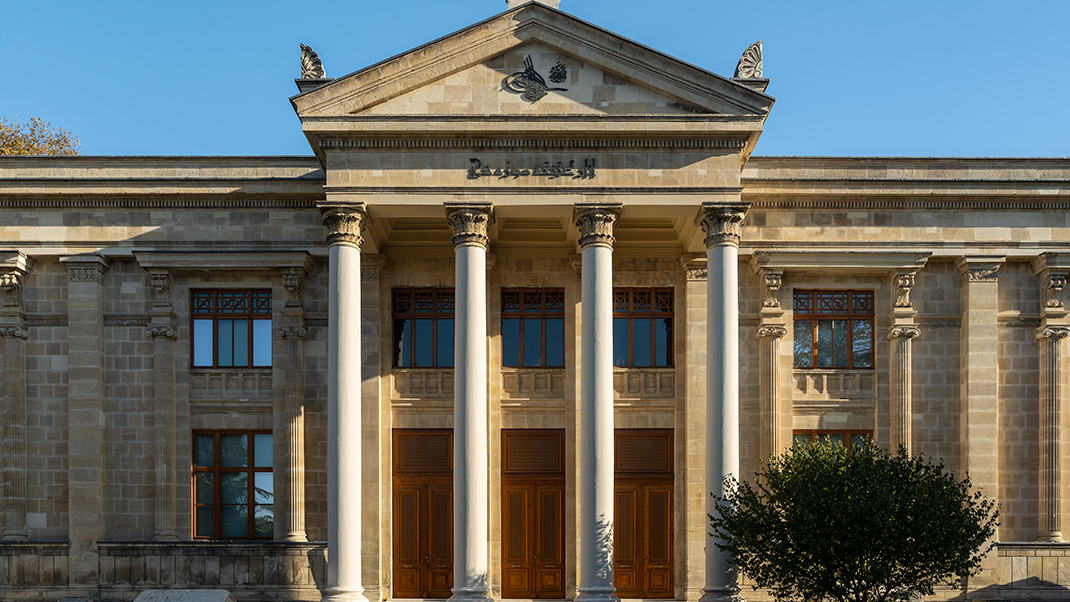
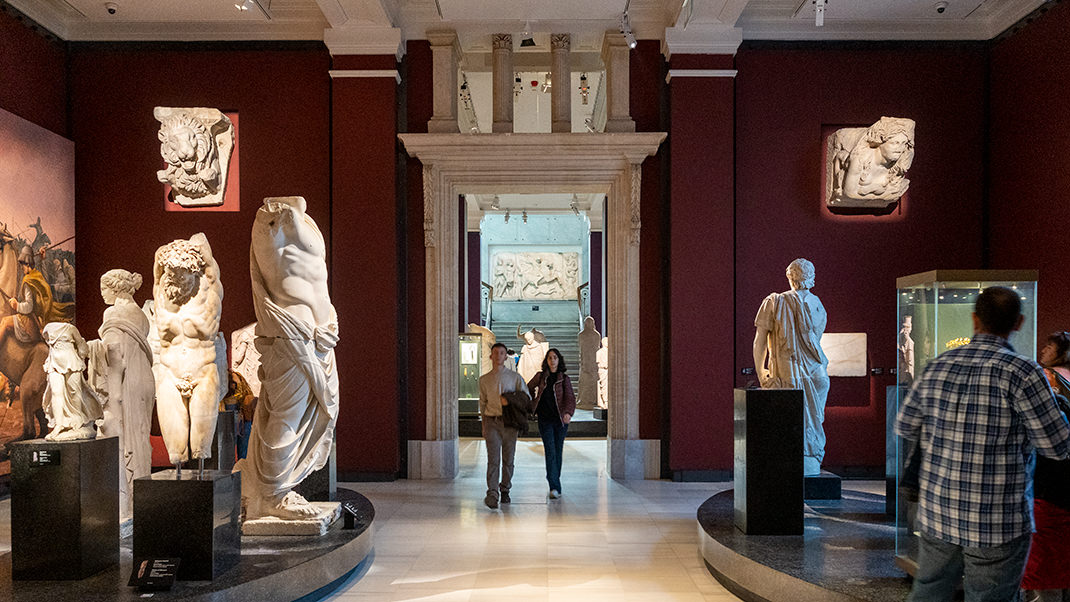
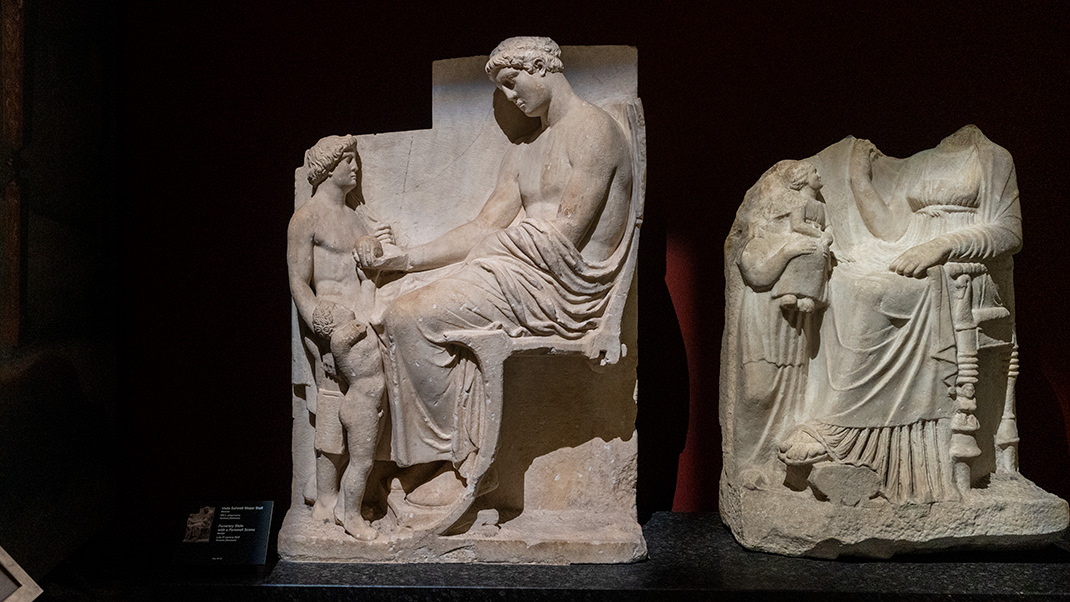
How to get there
The museum complex is in the historic center of Istanbul, near the Hagia Sophia Cathedral and the Topkapi Palace. It is easily accessible from the Gülhane tram stop. On the way to the museum, you will take a short walk through the park of the same name.

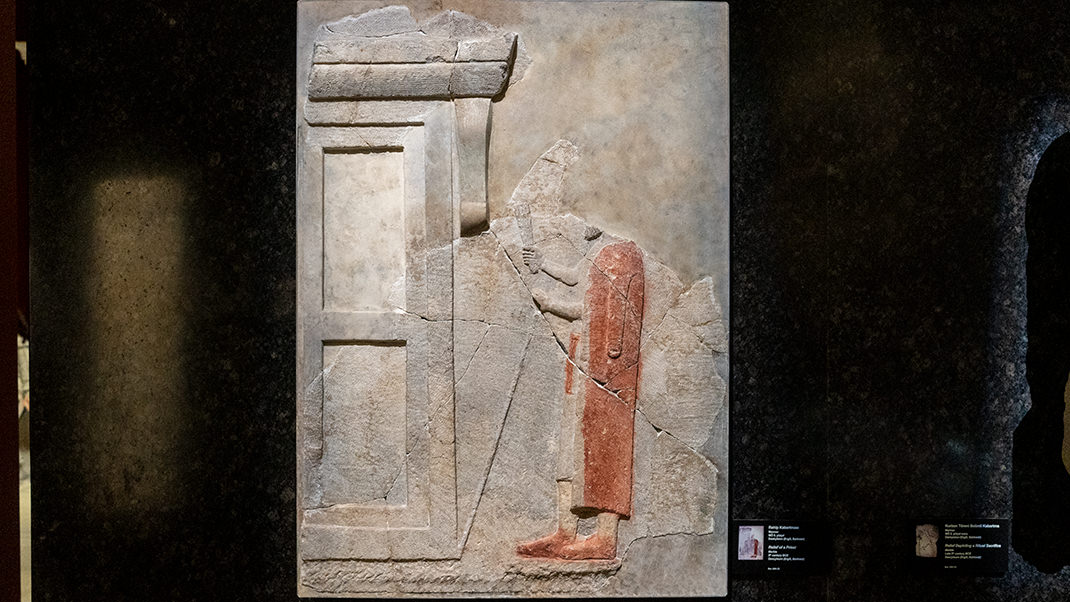
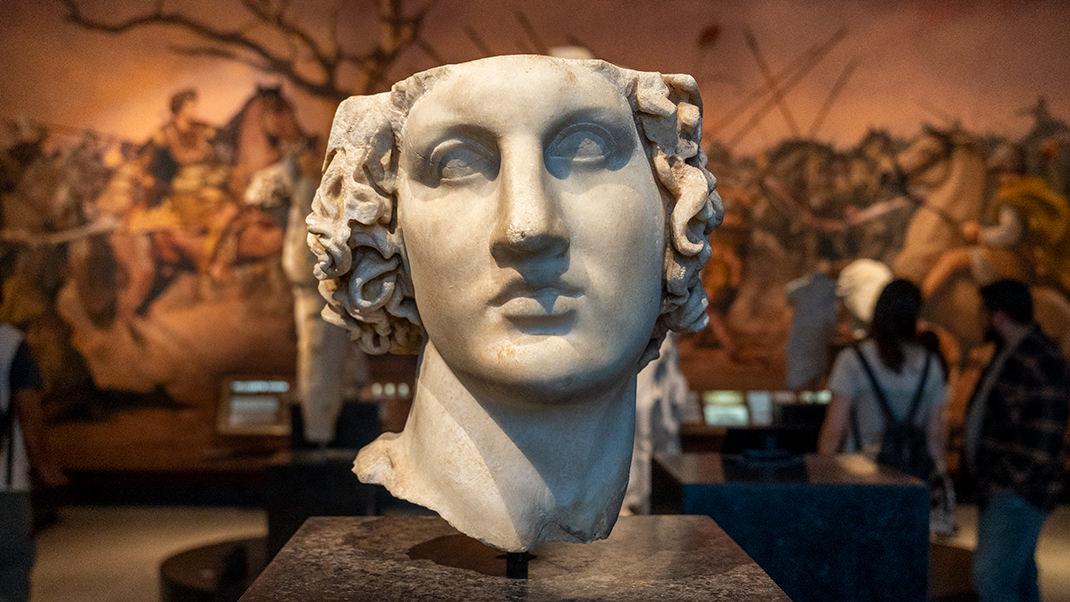
The cost of visiting the Archaeological Museum in January 2023 is 100 Turkish lira. Payment can be made in cash or by bank card. It should be noted that the price of tickets to museums in Istanbul often changes, so it is best to double-check the cost on the official exhibition website before planning a trip here.

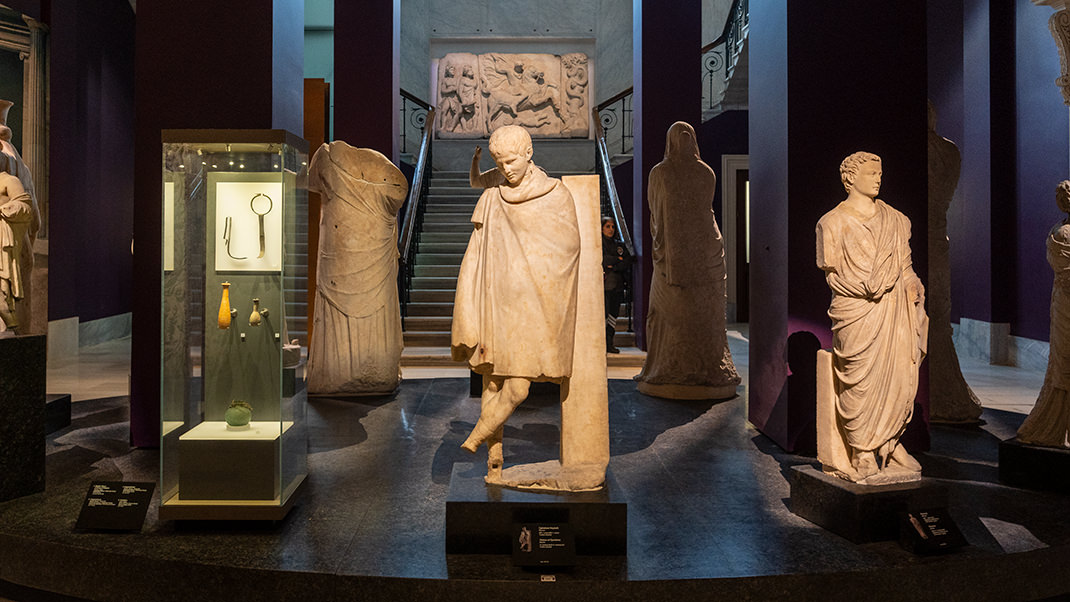
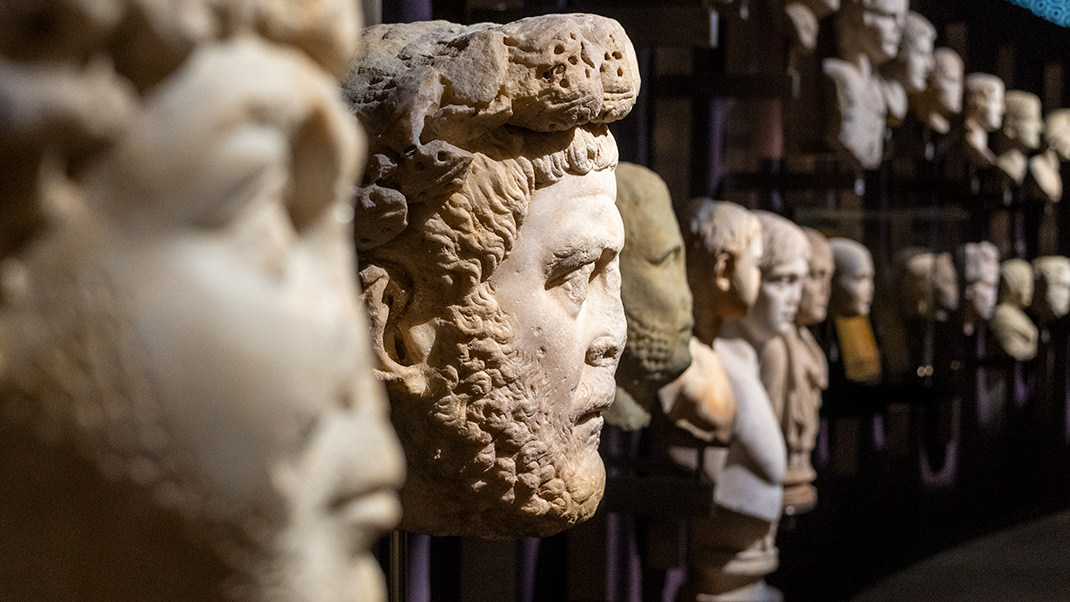
A bit of history
The Archaeological Museum of Istanbul owes its existence to a small collection of artifacts gathered by one of the military ministers of the Ottoman Empire in 1846. Initially, this exhibition was housed in the Hagia Irene, located near the territory of the modern museum. Later, the collection was moved to the Tiled Kiosk , a building that is part of the museum complex today.
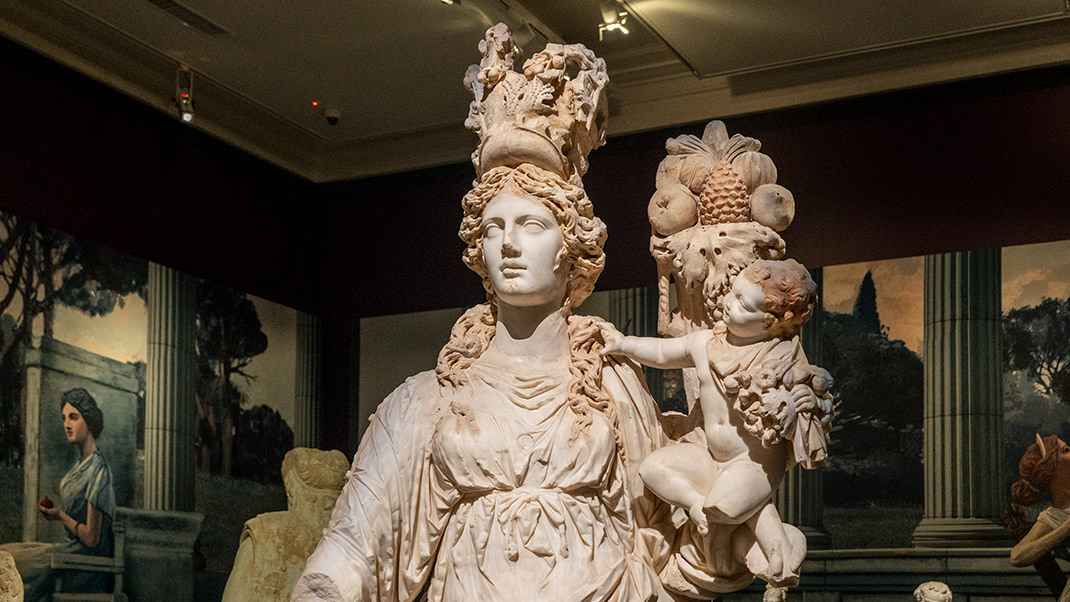
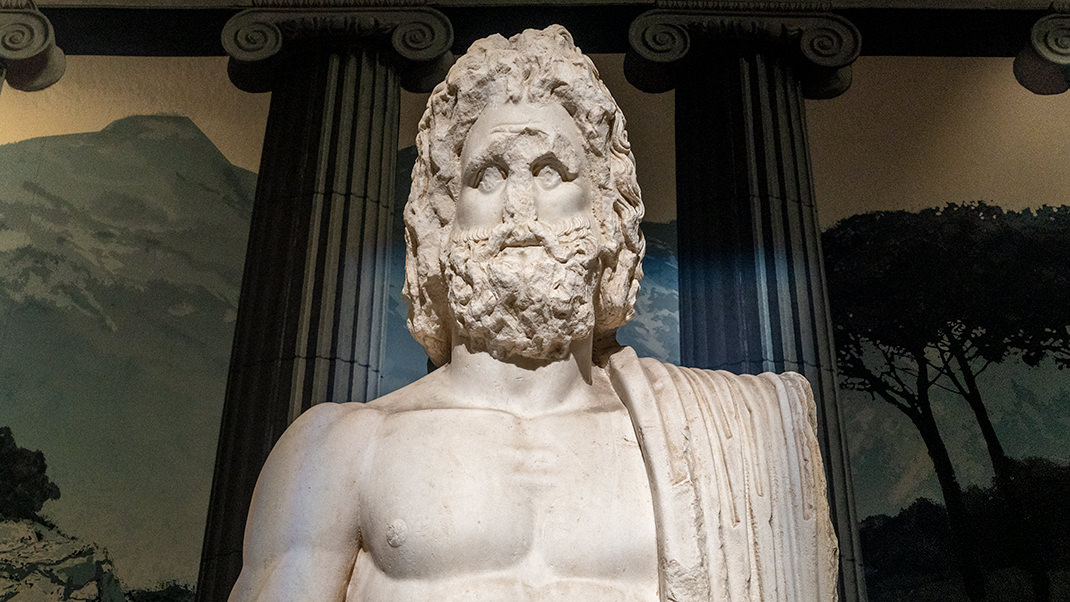
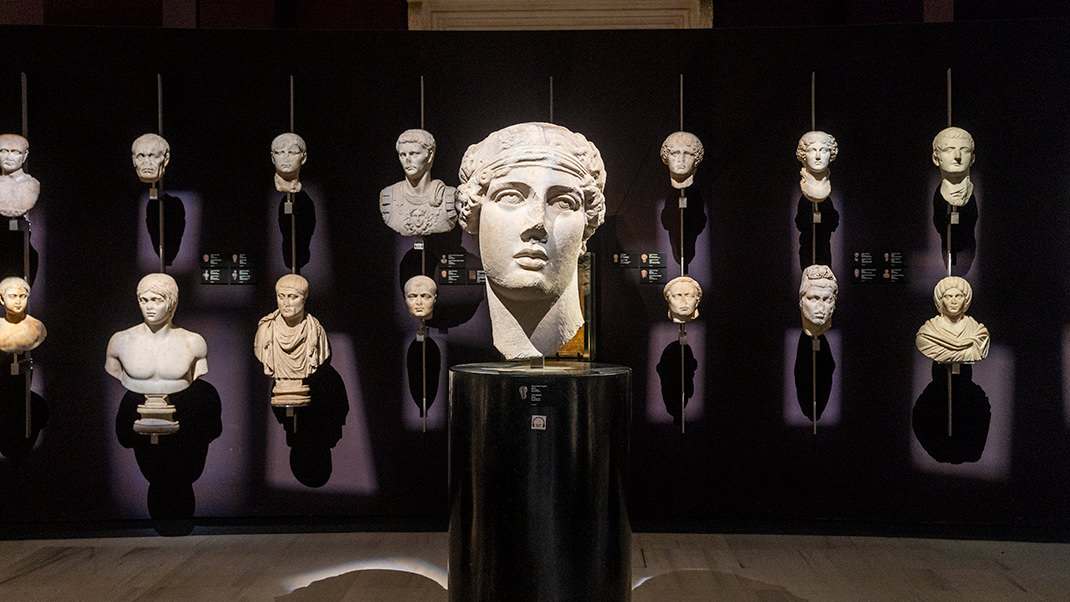
Over time, the archaeological collection was repeatedly expanded. By the end of the 19th century, a decision was made to construct a separate building for the Archaeological Museum, which we can visit today. The exhibition space was opened on June 13, 1891. This building was the first Turkish construction built specifically to house museum treasures.
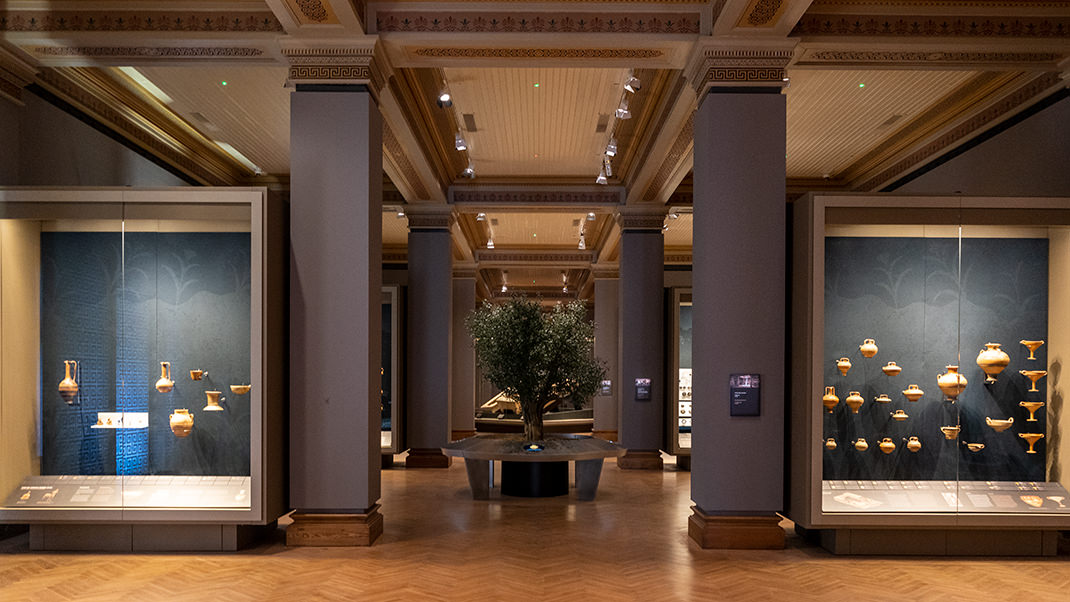
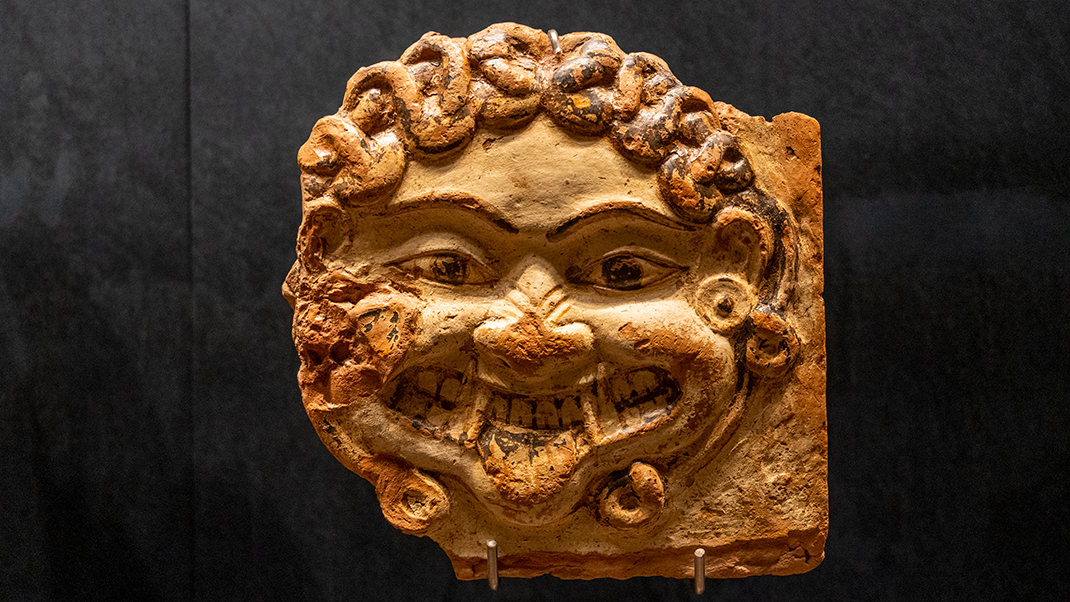
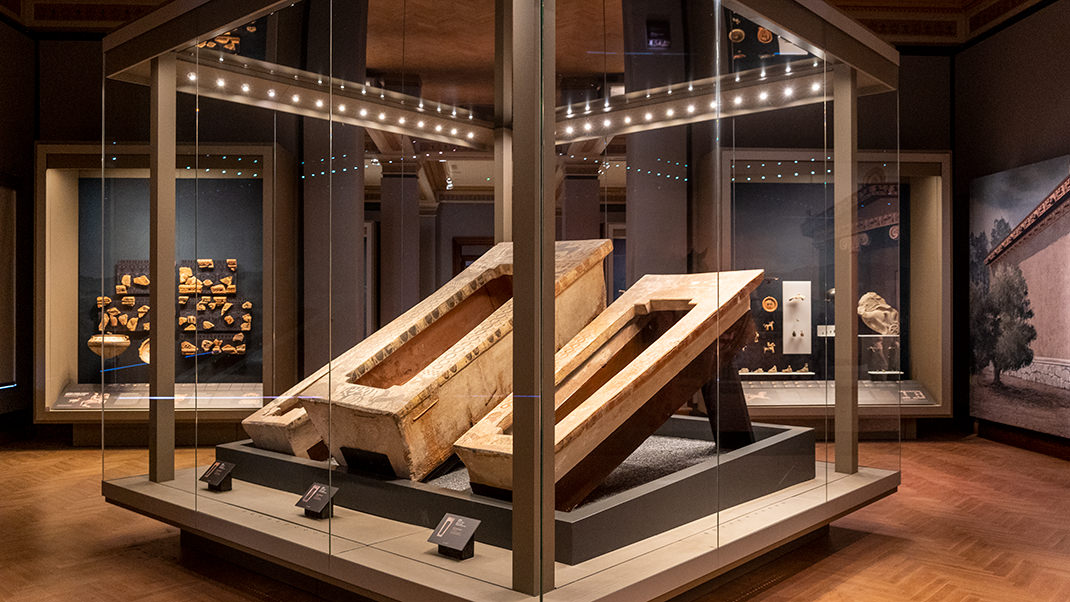
The museum's collection includes more than a million objects, including statues and busts, sarcophagi and tombstones, fragments of buildings and sculptures, and examples of ancient life.
The museum complex consists of three separate buildings: the main building, the Tiled Kiosk Museum, and the Museum of Ancient Orient. The latter was closed during my visit. According to guidebooks, it houses the oldest exhibits in the museum's collection, which were brought here from Mesopotamia, Egypt, the Arabian Peninsula, and Anatolia.
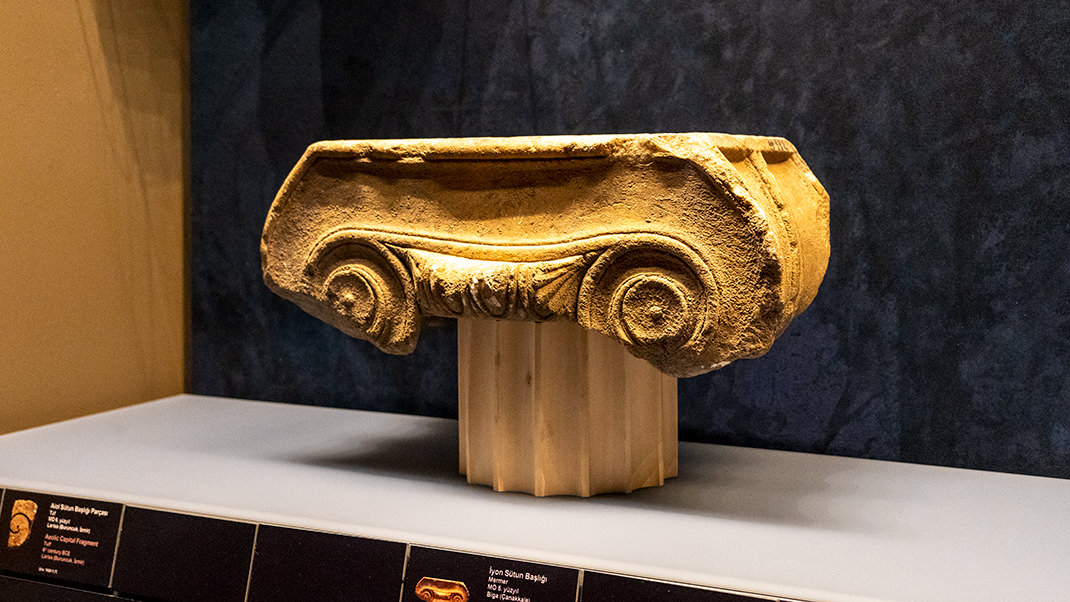
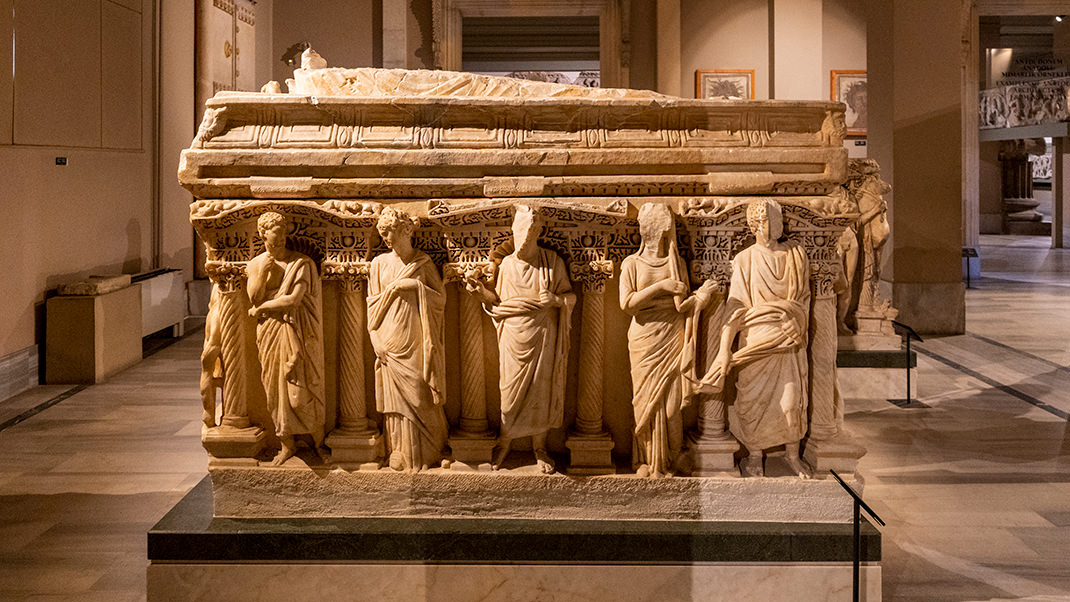
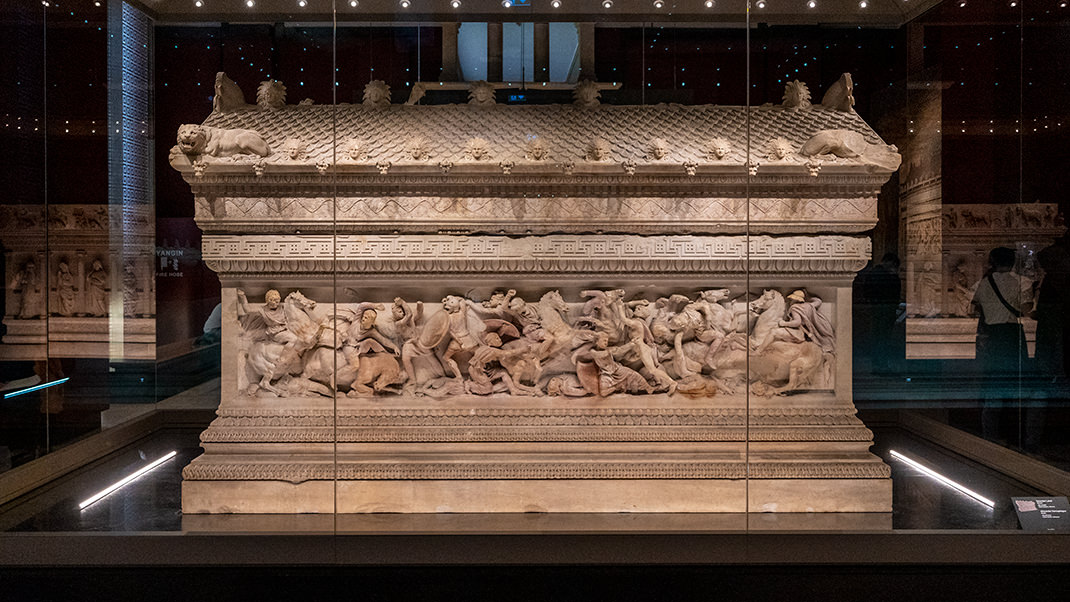
I took so many photos of this fascinating museum that I decided to divide my story about it into three parts. In the next article, I will describe my walk through the museum halls. The last article will be dedicated to the collection of unusually decorated ancient sarcophagi located here.
Have a nice trip!


